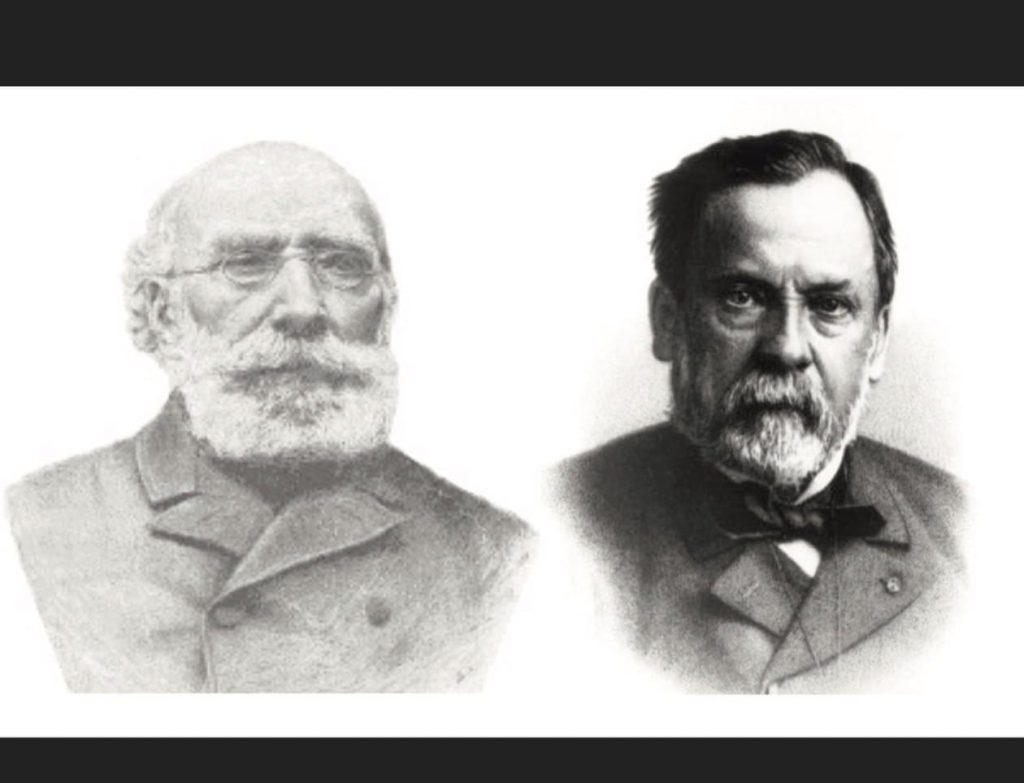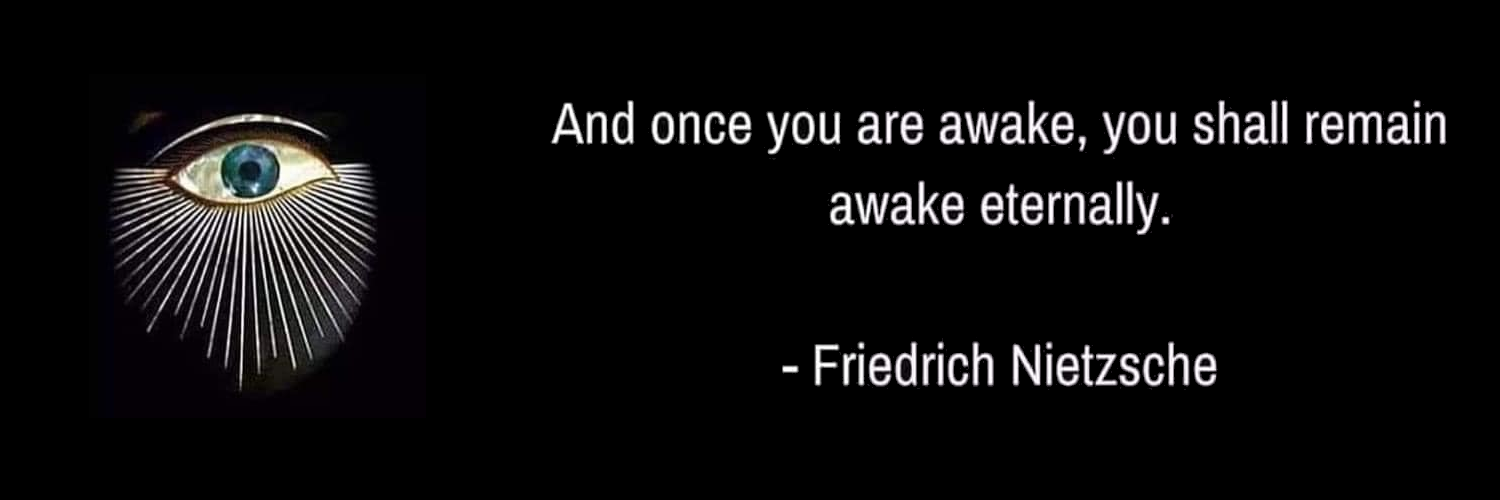
“Louis Pasteur was a French chemist-turned-microbiologist, who proved the existence of microbes in air. His pioneering studies laid the foundation for the modern-day understanding of diseases, their etiology as well as vaccine development.”
How that quotation is interpreted—whether as high praise or condemnation—depends on the perspective. Pasteur was not the only scientist who delved into the origins of disease. While he focused on the influence of invading microbes, or what has come to be known as the “germ theory,” his rival Antoine Béchamp, one of the period’s preeminent scientists, was promoting a different theory. Béchamp’s theory, referred to as the “microzymian” theory of disease, has since become known as the “cellular,” or “host”, or “terrain” theory.
By all accounts, Béchamp was a highly respected scientist whose teachings were accepted as fact by many of Pasteur’s contemporaries. So how is it that relatively few people today have even heard the name of Antoine Béchamp and that it is Louis Pasteur’s scientific conclusions that form much of the basis of contemporary medical thinking about infectious disease?
Origins of Germ Theory
The germ theory of disease holds that “specific microscopic organisms are the cause of specific diseases,” a statement that is so pervasive today that it seems self-evident. Historically, however, variations of the germ theory had been around for hundreds of years but had never taken hold. It was not until Pasteur’s work became publicized in the 19th century that it gained widespread acceptance. Reducing the idea of disease to a simple interaction between specific microorganisms and a host, the germ theory minimized the role of environmental factors on illness, conveniently dismissing social responsibility for disease, especially among the poor.
The work of Pasteur and his associates led directly to the acceptance of vaccines by “leading medical scientists—those longing for a sound and simple explanation for the inexplicable.”
Host (Cellular or Terrain) Theory Philosophy
Béchamp’s view was that disease-causing germs were essentially altered microzymas… a term he gave to minute particles he considered to be the common stuff of all living things capable of adapting to changing conditions in the body. Quoted as saying, “The microzyma is at the beginning and end of all organization. It is the fundamental anatomical element whereby the cellules, the tissues, the organs, the whole of an organism are constituted,” Béchamp maintained that disease developed in the presence of an unhealthy environment caused by an unbalanced state in the body. He held that disease could not take hold without a preexisting weakness.
As summarized and greatly simplified by author Walene James—and ridiculed by Mark Crislipin Science-Based Medicine—Béchamp’s basic message was that:
- Disease arises from micro-organisms within the cells of the body.
- These intracellular microorganisms normally function to build and assist in the metabolic processes of the body.
- The function of these organisms changes to assist in the catabolic (disintegration) processes of the host organism when that organism dies or is injured, which may be chemical as well as mechanical.
- Microrganisms change their shapes and colours to reflect the medium.
- Every disease is associated with a particular condition.
- Microorganisms become “pathogenic” as the health of the host organism. deteriorates. Hence, the condition of the host organism is the primary causal agent.
- Disease is built by unhealthy conditions.
- To prevent disease we have to create health.
Among those who rejected germ theory, instead championing the influence of diet, climate, ventilation, hygiene and sanitation in causing disease were Florence Nightingale and Rudolf Virchow.
Rudolf Virchow, an early opponent of the germ theory of disease, believed that germs do not cause disease but instead gravitate to the diseased area as scavengers, to feed on and clean up the dead tissue caused by the pathogenic process. Virchow stated in his later years, “If I could live my life over again, I would devote it to proving that germs seek their natural habitat—diseased tissues—rather than causing disease.”
Western Medicine Rules
Western medicine fiercely protects the germ theory of disease, scorning and dismissing Béchamp’s ideas out of hand. There is no doubt that much of what Béchamp was able to determine has been supplanted now by scientific resources unavailable to him at his time, but that can also be said of Pasteur’s theories. Such a narrow view of disease misses the gist of Béchamp’s teachings: the importance of supporting a strong internal defense system to ward off disease and attain true health rather than relying on drugs and vaccines as a sledgehammer to treat symptoms and attempt to destroy germs.
Many disease-causing microbes are normally present in the body and do not cause disease as a matter of course but are kept at bay in people who have healthy immune systems. Other infectious microbes can spread from person to person via water, air, insect bites or exposure to infected body fluids and have the potential to cause serious complications in an immune compromised host.
